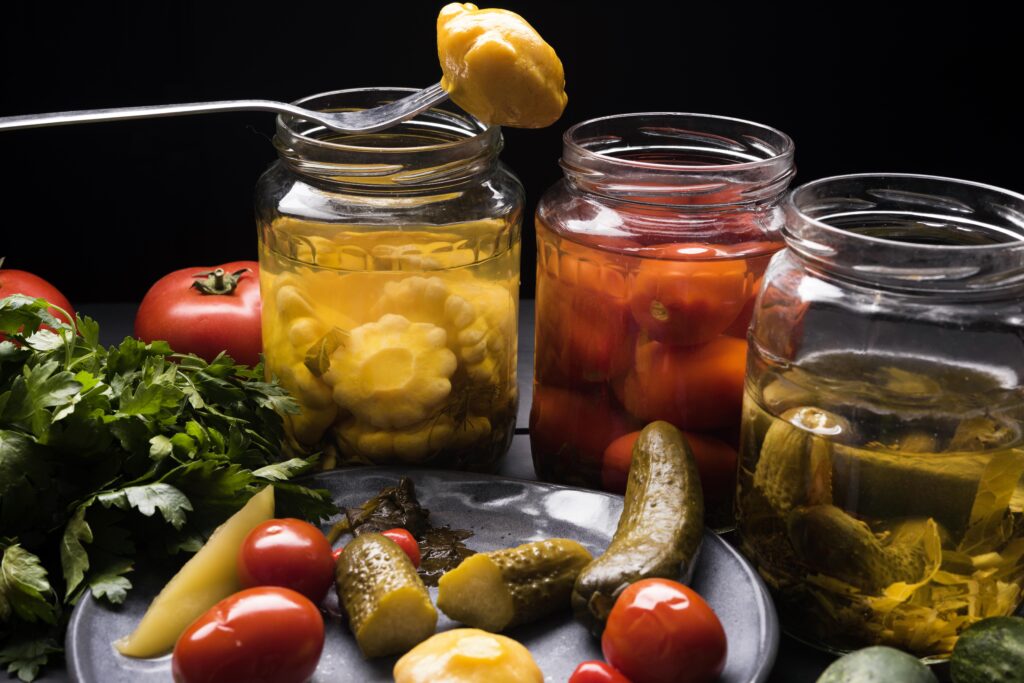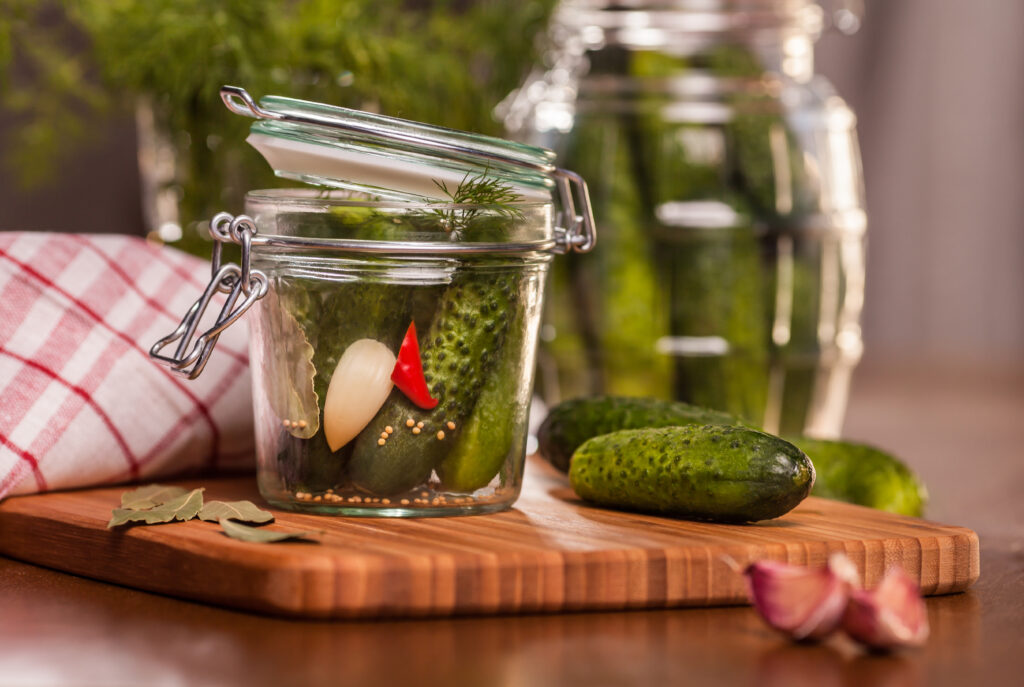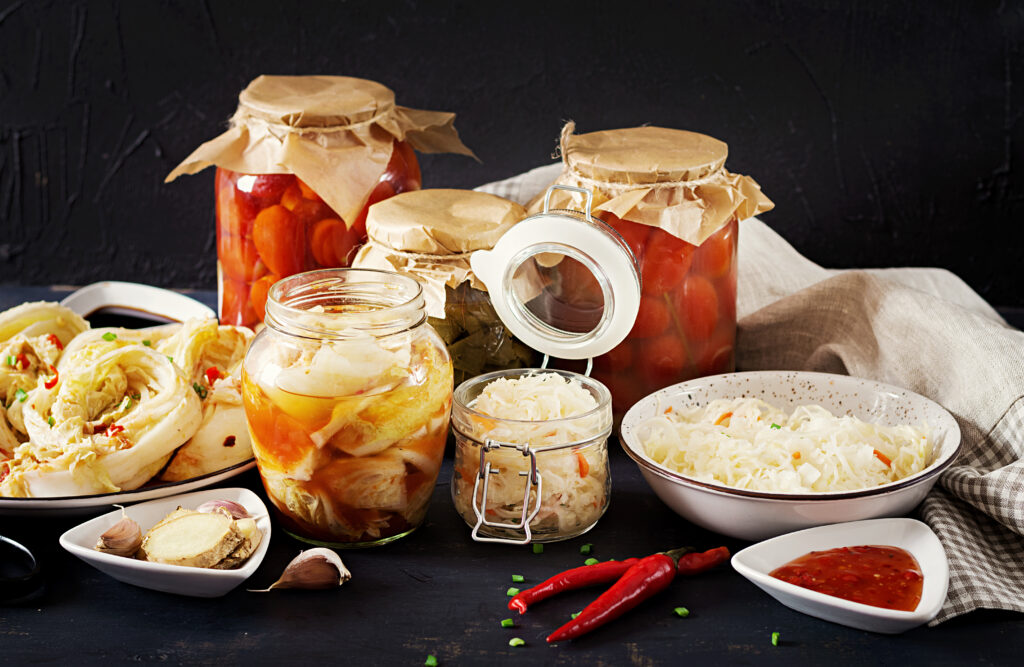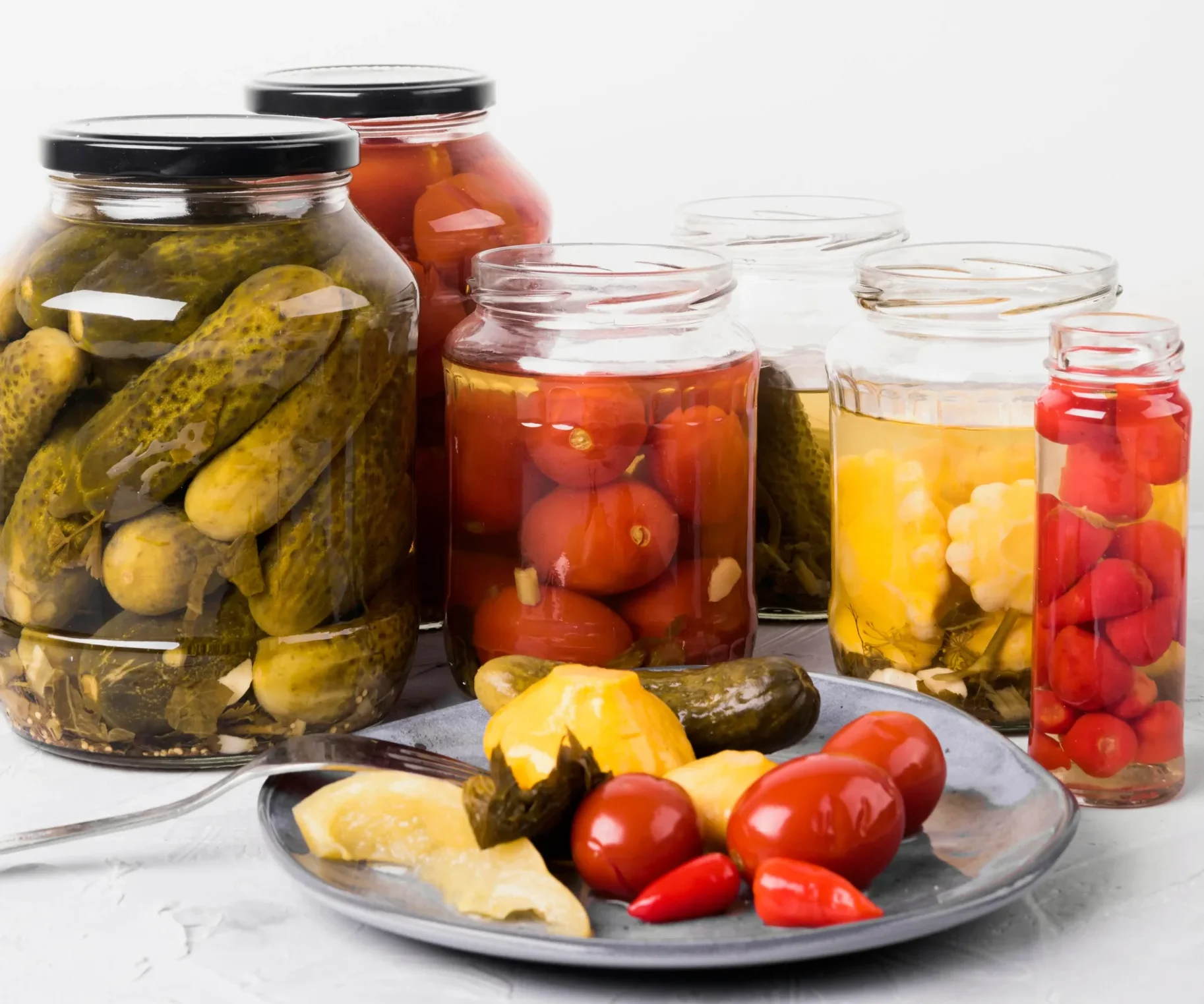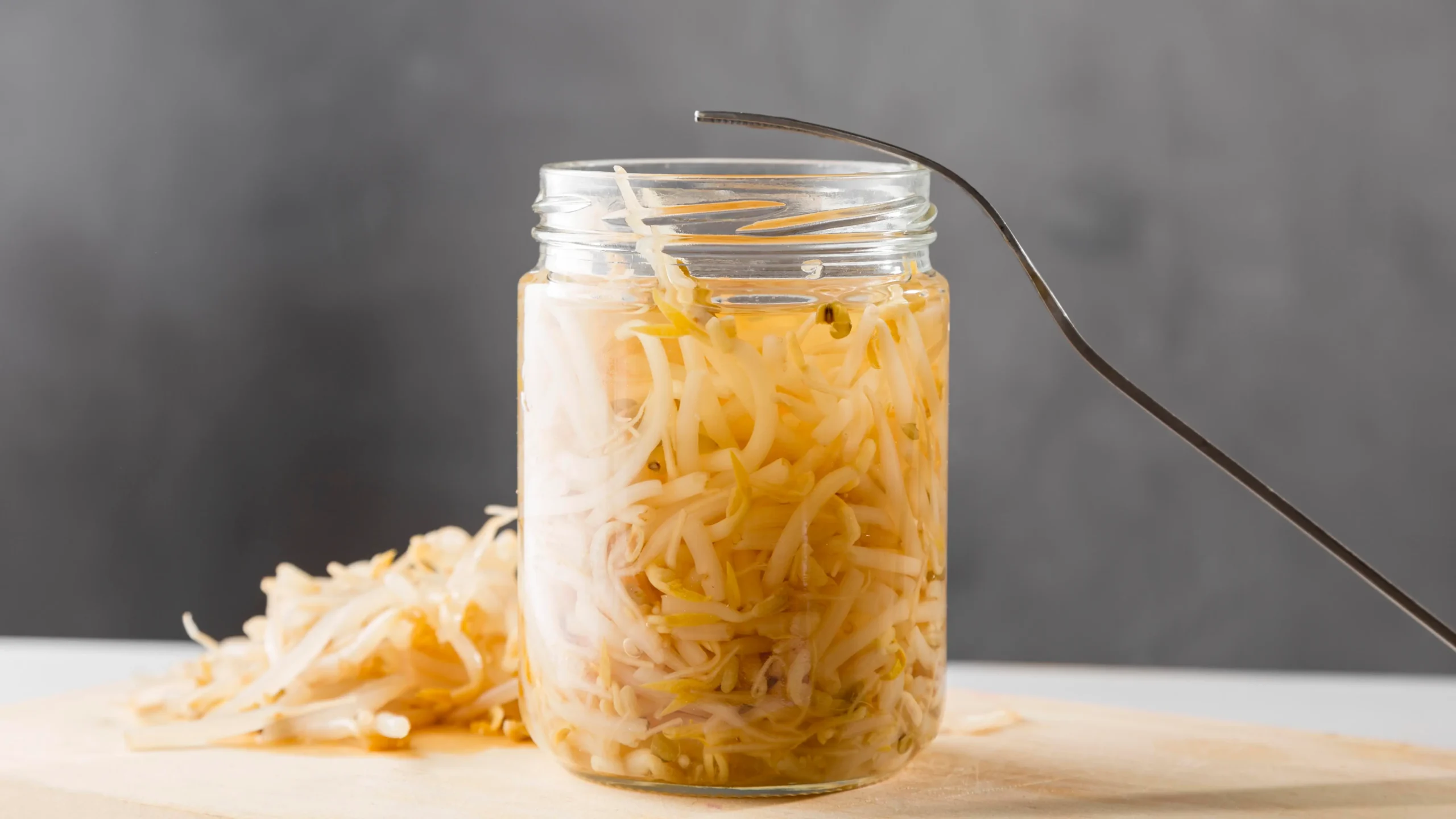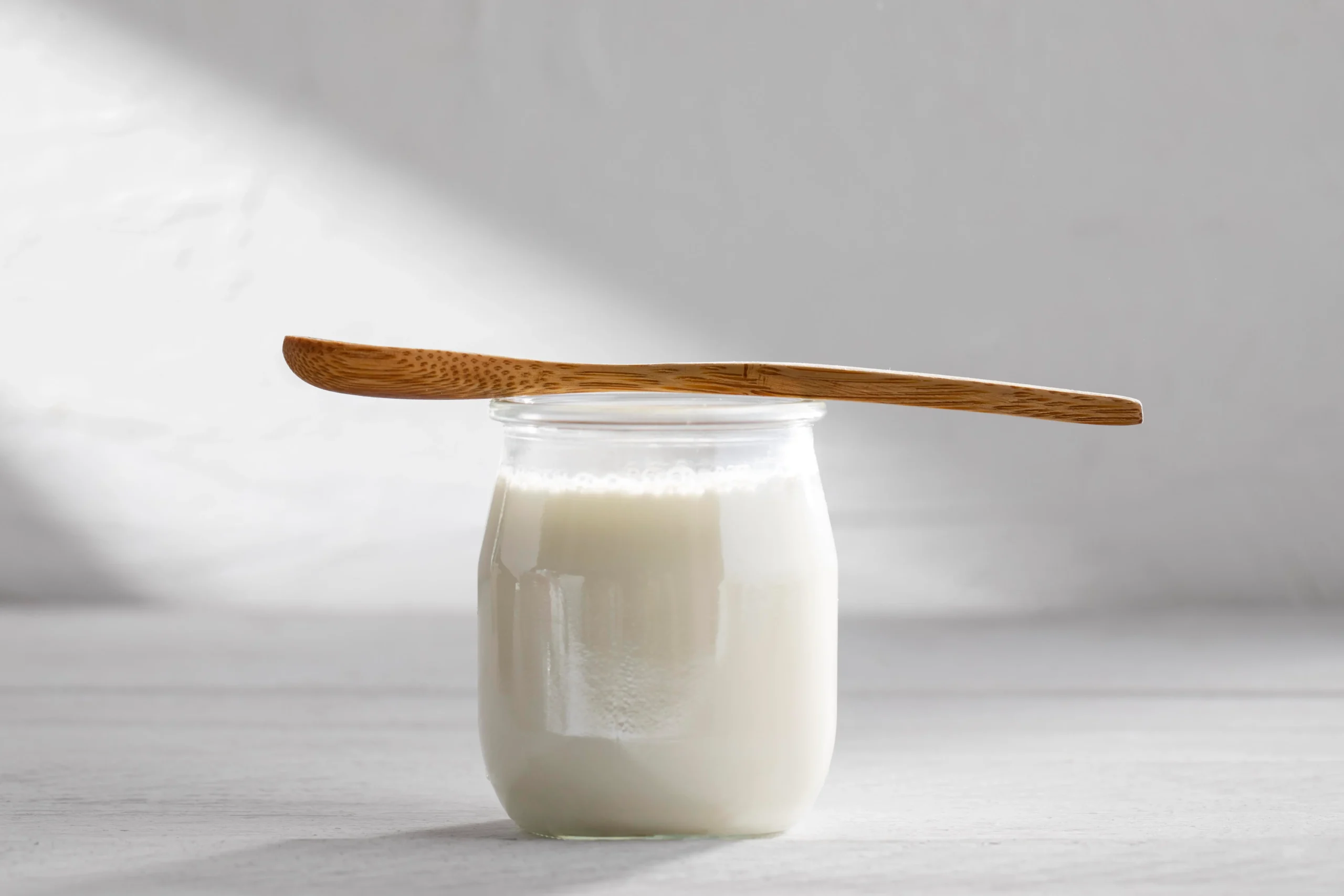Fermentation is a fantastic way to preserve food, enhance flavors, and promote gut health, but it’s easy to make mistakes—especially when you’re just starting out. Here are some common fermentation mistakes and how to avoid them:
1. Not Using Enough Salt (or Using Too Much)
- Problem: Too little salt can lead to mold or harmful bacteria growth, while too much can inhibit fermentation.
- Fix: Follow trusted recipes for salt ratios (usually 2–5% salt by weight of vegetables). Use non-iodized salt (like sea salt or kosher salt).
2. Using Chlorinated or Contaminated Water
- Problem: Chlorine in tap water can kill beneficial bacteria, slowing fermentation.
- Fix: Use filtered, distilled, or spring water. If using tap water, let it sit uncovered for 24 hours to allow chlorine to evaporate.
3. Not Keeping Vegetables Submerged Under Brine
- Problem: Exposure to air can lead to mold or yeast growth.
- Fix: Use fermentation weights, a ziplock bag filled with water, or a cabbage leaf to keep veggies submerged. Burp jars daily to release CO₂.
4. Using the Wrong Container
- Problem: Metal or reactive containers can leach chemicals, while non-breathable lids can cause pressure buildup.
- Fix: Use glass jars, ceramic crocks, or food-grade plastic. If sealing tightly, “burp” jars daily or use an airlock.
5. Fermenting at the Wrong Temperature
- Problem: Too cold (below 60°F/15°C) slows fermentation; too warm (above 75°F/24°C) can encourage bad bacteria.
- Fix: Ideal temp is 65–75°F (18–24°C). Store in a cool, dark place (like a pantry or basement).
6. Not Waiting Long Enough (or Waiting Too Long)
- Problem: Stopping too early means flavors won’t develop; fermenting too long can make food mushy or overly sour.
- Fix: Taste periodically (after 3–7 days for most veg). Move to the fridge to slow fermentation once desired taste is reached.
7. Ignoring Signs of Spoilage
- Problem: Some molds and smells indicate fermentation has gone bad.
- Fix: Discard if you see black, pink, or fuzzy mold, or if it smells rotten (not just funky). White yeast (kahm yeast) is harmless but can be skimmed off.
8. Not Cleaning Equipment Properly
- Problem: Dirty jars or tools introduce harmful bacteria.
- Fix: Sterilize jars and utensils with boiling water or a vinegar rinse before use.
9. Using Old or Overly Processed Ingredients
- Problem: Old veggies may lack the natural bacteria needed for fermentation.
- Fix: Use fresh, organic produce when possible (pesticides can affect fermentation).
10. Opening Jars Too Often
- Problem: Frequent exposure to air increases contamination risk.
- Fix: Check only once a day (if needed) and reseal quickly.
Bonus Tip: Trust the Process!
Fermentation can look/smell strange (bubbles, cloudiness, tangy odors are normal). If unsure, refer to trusted sources or start with simple ferments like sauerkraut or pickles.
By avoiding these mistakes, you’ll improve your fermentation success and enjoy delicious, probiotic-rich foods!

